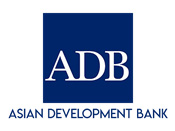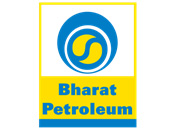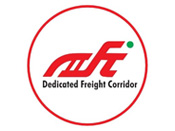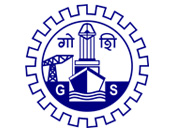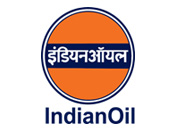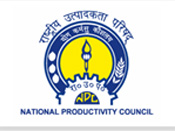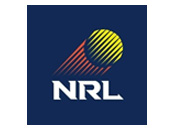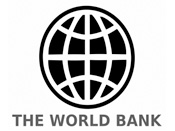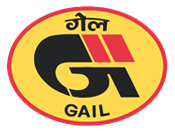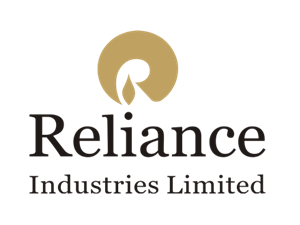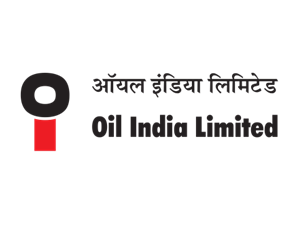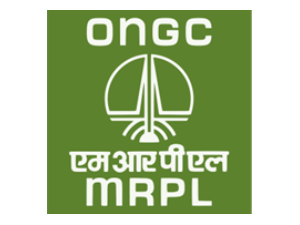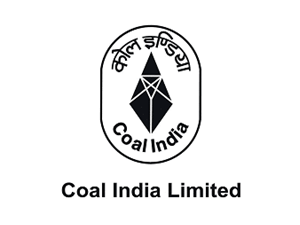Fire safety engineering
- Home
- Fire safety engineering
Fire safety engineering
safeguarding lives and businesses
Buildings
In the realm of buildings, spanning diverse types such as arts and culture, commercial, civic, education, healthcare, retail, residential, hotels, sports venues, and stadia, our specialized fire safety engineering team navigates the intricate relationship between architectural features and operational needs. We craft fire engineering strategies that not only meet safety standards but also enhance architectural expression and promote building flexibility.
Transport systems
Within the realm of transport systems, including road tunnels, underground stations, heavy rail, light rail, metros, and monorails, we tackle unique challenges associated with the time-varying nature of train operations, fire loads, and occupants. Our expertise extends to the development of holistic fire strategies encompassing infrastructure, rolling stock, staffing, and operating procedures. We excel in providing performance-based solutions tailored to specific circumstances where strict compliance with regulations is unattainable, leveraging our comprehensive understanding of railway systems, fire and smoke phenomena, human behaviour, and risk reduction measures.
Our comprehensive expertise includes:
01.
Stakeholder management, involving consultation with authorities and quantitative design review processes.
02.
In-depth knowledge of national and international fire safety regulations and best practices.
03.
Development of holistic fire safety strategies.
04.
Performance-based fire engineering design.
05.
Fire and smoke movement analyses, ranging from empirical calculations to 3D computational fluid dynamics modelling.
06.
Analysis of structural response to fire effects using analytical and computational models.
07.
Means of escape design and provisions for mobility-impaired persons.
08.
Evacuation analyses, encompassing human factors, occupant response, static calculations, and state-of-the-art 3D evacuation modelling.
09.
Fire protection of rolling stock – assessment of fire loads, fire sizes, and the fire performance of materials and construction components.
10.
Design and specification of fire systems, including fire detection and warning systems, smoke control systems, passive fire protection, and automatic fire extinguishing systems.
11.
Provisions for fire and rescue services.
12.
Qualitative and quantitative fire risk assessments.
13.
Cost-benefit analyses of fire safety procedures.
